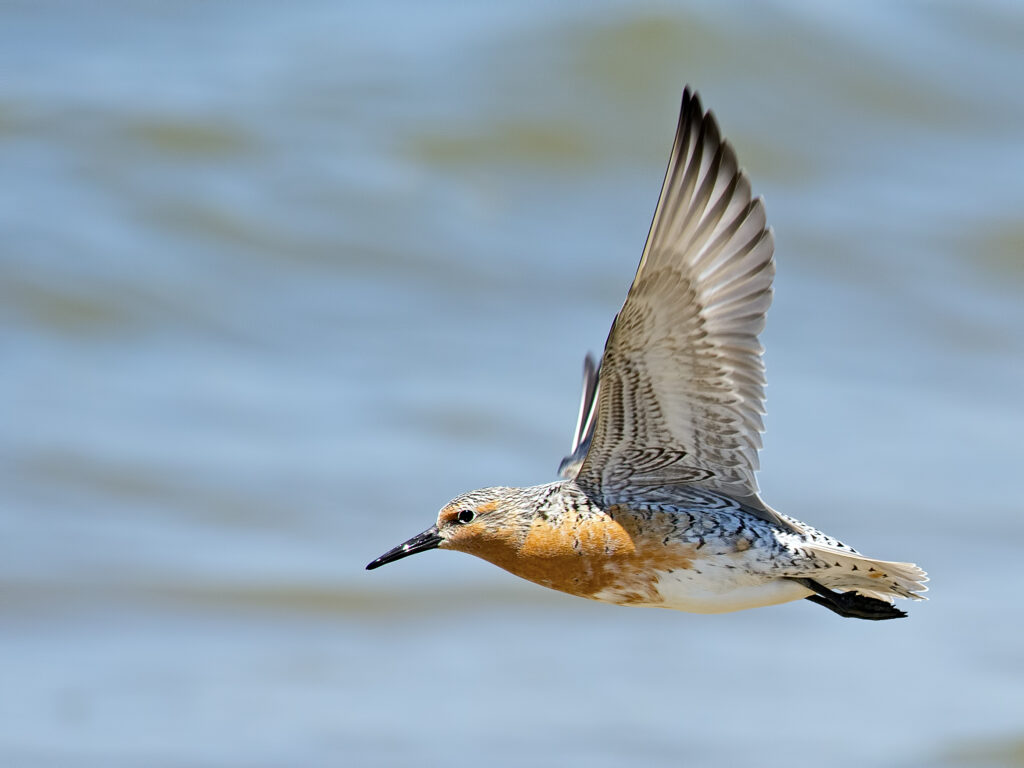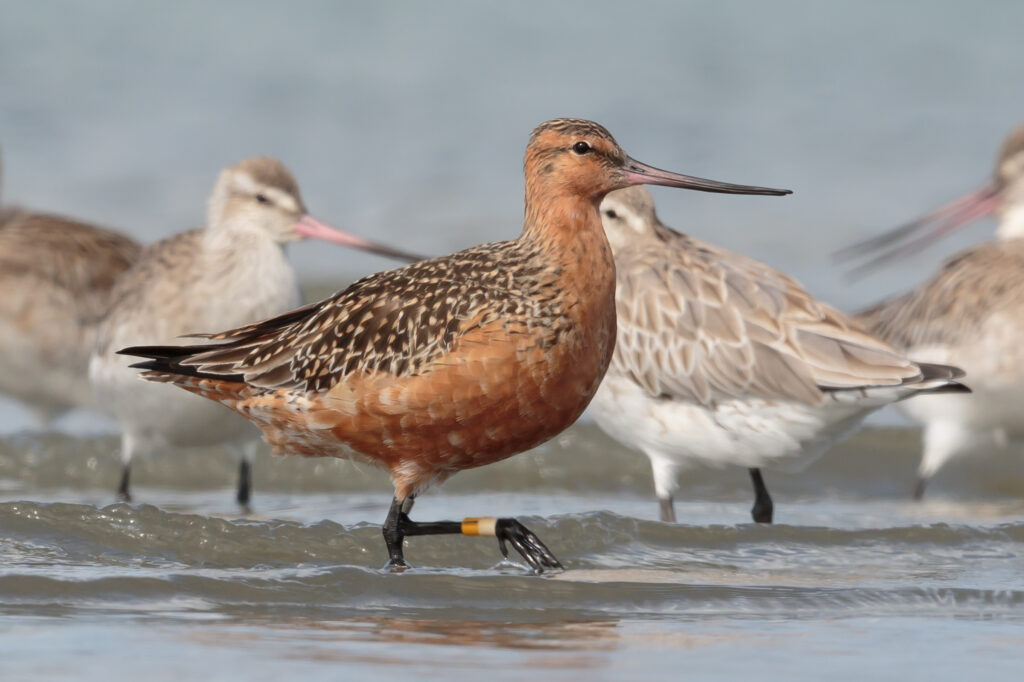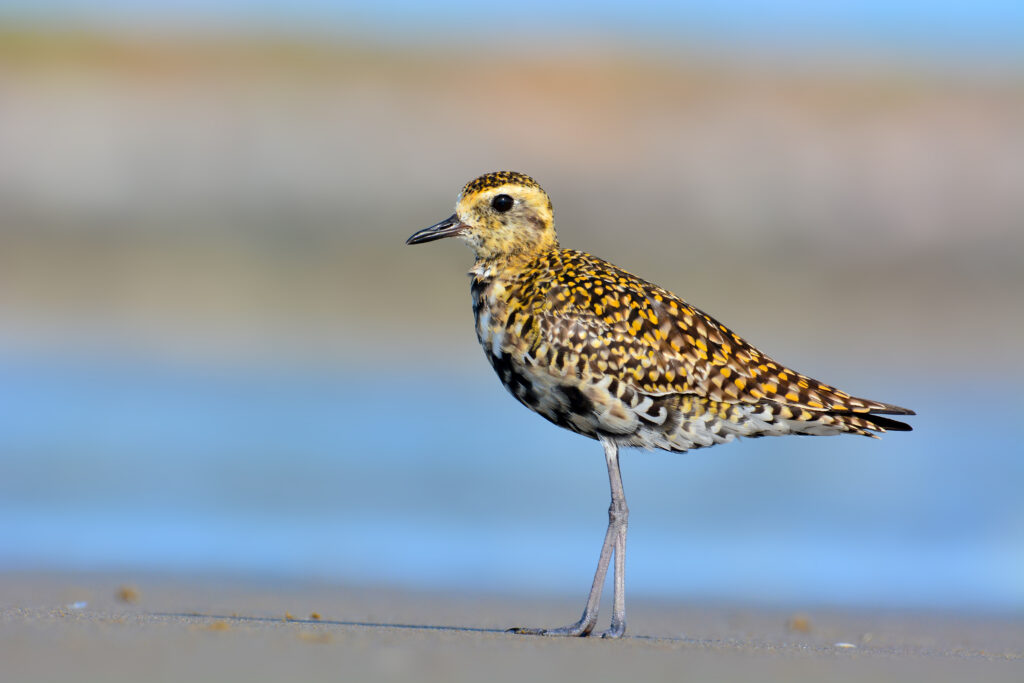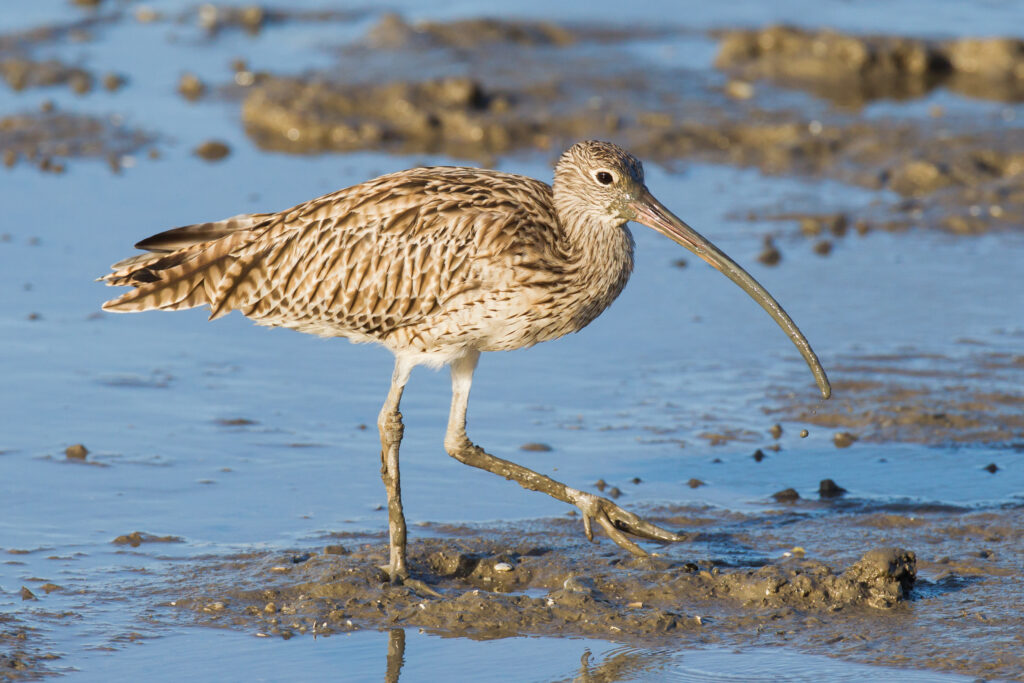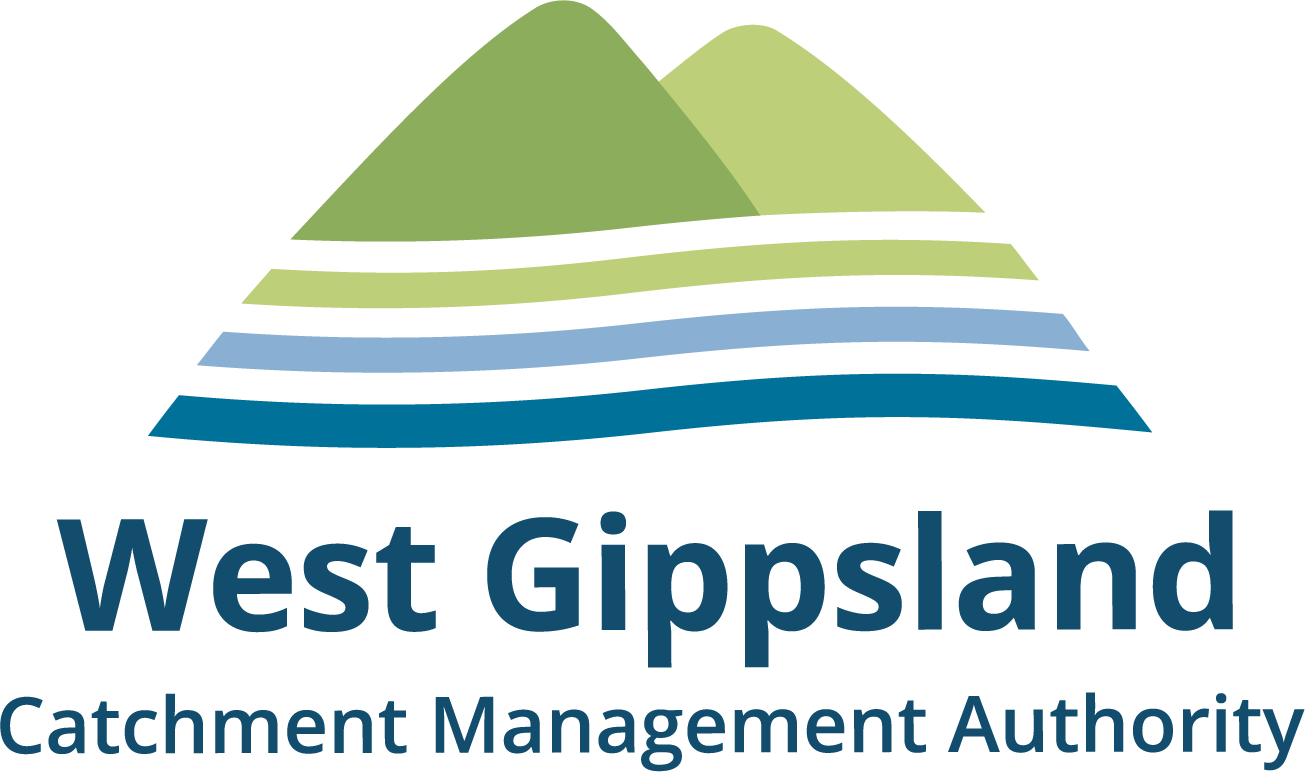Corner Inlet Crucial for Migratory Birds
With International Migratory Bird Day just behind us, West Gippsland Catchment Management Authority (CMA) celebrates the catchments, such as Corner Inlet, that support migratory birds and are protected through international conventions and programs run by the CMA and partners.
This year’s theme of ‘Protect Insects Protect Birds’ focused on the importance of insects for migratory birds, and highlighted concerns related to decreasing populations of insects.
“Protecting and improving habitat is an important way we can protect insects and overall biodiversity for migratory birds and all wildlife,” said Tanya Cowell, Waterways Project Officer for West Gippsland CMA.
Corner Inlet became an internationally renowned wetland through the Ramsar convention in 1982. The inlet’s extensive intertidal mudflats provide food for migratory species.
“Rewards of a consistent and sustained effort to protect and enhance Corner Inlet by the CMA, Landcare, Greening Australia, GLaWAC Traditional Owners and partners Parks Victoria, Trust for Nature and BirdLife Australia are definitely paying off.”
Working to enhance and protect world renowned Corner Inlet has been a team effort led by West Gippsland CMA that has so far spanned decades. Works begin in the upper reaches of the rivers that flow into the inlet and follow their course down to the coast – home to extraordinary wildlife, fragile saltmarsh and mudflats.
“Everyone plays their part – like along the flagship Agnes River where we are extremely proud of the dedicated landholders and passionate Landcare volunteers who have largely driven the works.”
In 2023-24, 11 landholder management agreements were signed to complete 45 hectares of weed control, put 53,300 plants in the ground across 91 hectares and fence 16 kilometres of the river in partnership with Corner Inlet Landcare Group and Greening Australia.
Down at the inlet, the first of a five-year Corner Inlet Connections project is being delivered in partnership with Parks Victoria, GLaWAC, Trust for Nature and BirdLife Australia.
Across this first year, the focus has been to protect the Ramsar values of the area including treating spartina, controlling foxes to protect shorebirds, improving water quality, and safeguarding 136 hectares of saltmarsh including a 25 hectare Trust for Nature covenant.
In total, weed control has covered over the entire Corner Inlet Ramsar Site of 67,000 hectares with 530 hectares of pest animal control and water monitoring equipment will help us measure the results of our efforts across the catchment.”
“Corner Inlet is an important haven for migratory shorebirds that travel incredible distances each year. A favourite of mine is the Red-necked Stint which feeds in Corner Inlet. They are just the size and weight of a matchbox, yet fly thousands of kilometres to nest in the Siberian tundra, before turning around six months later to migrate south once again,” said Tanya.
Summer and winter shorebird counts provided crucial information to ensure the Ramsar values and levels of acceptable change for key species are maintained based on international Ramsar guidelines.
BirdLife Australia teams undertook seasonal bird counts of resident and migratory birds and also monitored the breeding success and health of key resident species of beach nesting birds such as Hooded Plovers, Pied Oystercatchers and Crested, Caspian and Fairy terns.
The team noted migratory species including Bar-tailed Godwits, Double-banded Plovers, Red-necked Stints, Red Knots, Red-capped Plovers, Pacific Golden Plover , Great Knot and Grey Plovers and the Critically Endangered Far Eastern Curlews – all returning to Corner Inlet and relying on this landscape for survival.
This ongoing monitoring is crucial to understanding the bird populations and threats they face. This can then guide effective fox and weed control and assist in community education about the effects of off leash dogs and nest disturbance.
“Ongoing bird monitoring will also help to raise community awareness of the birds’ plight so we can work together as a community to protect these special species,” Tanya said.
